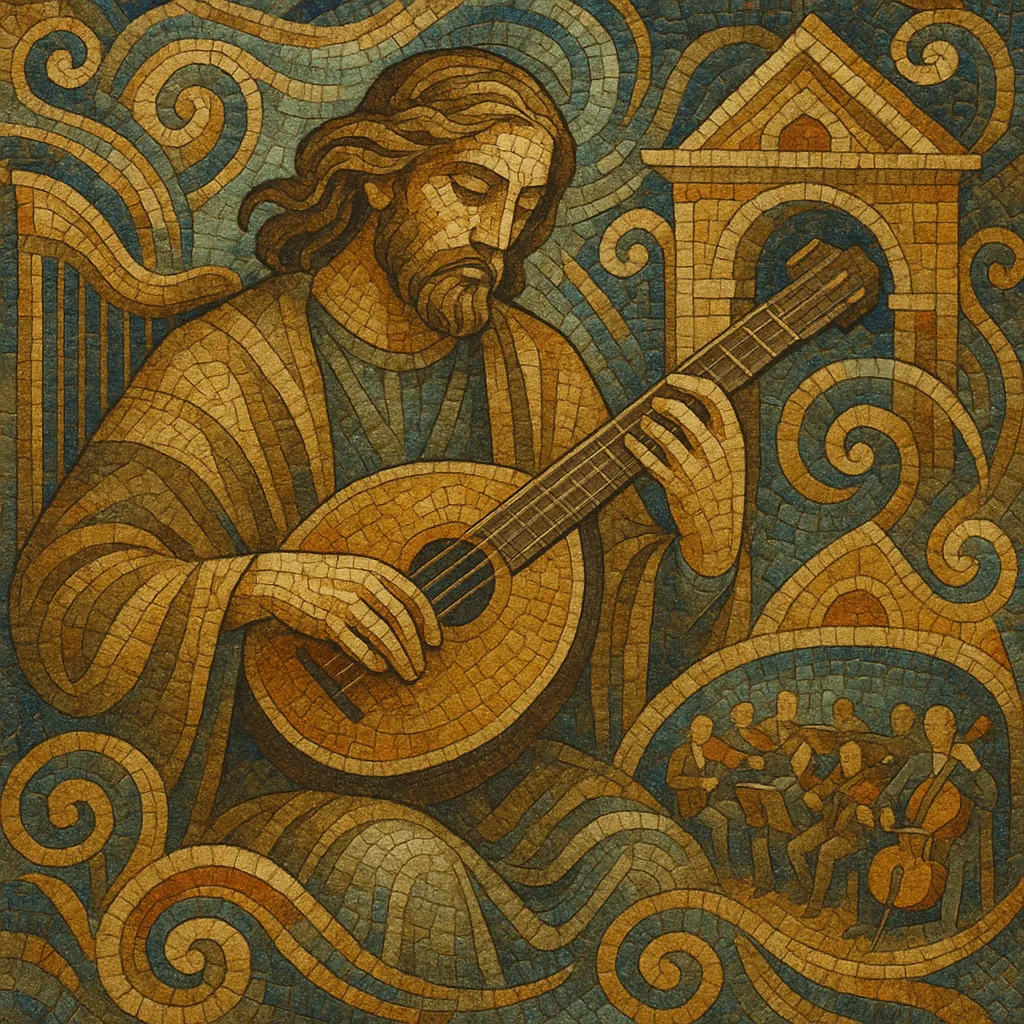
Symphonic prog (symphonic progressive rock) is a branch of progressive rock that applies the scale, structure, and timbral palette of Western classical music to a rock band context. It emphasizes long-form suites, thematic development, and orchestral textures—often via Mellotron and synthesizer “strings,” real orchestras, or elaborate keyboard arrangements.
Hallmarks include dramatic dynamic arcs, frequent key changes, multi-movement song forms, and recurring motifs that bind an album or side-long piece into a cohesive whole. Lyrically, the genre often explores mythic, literary, philosophical, or pastoral themes. The sound tends to be grand, expansive, and meticulously arranged, balancing virtuosity with melody and narrative flow.
Symphonic prog crystallized in the UK as progressive rock bands reached beyond blues and pop forms toward classical structure and orchestral color. The Mellotron, Hammond organ, and early Moog synths enabled rock groups to approximate strings, choirs, and brass, while concept albums encouraged multi-movement writing. Early landmarks by Yes, Genesis, and Emerson, Lake & Palmer established the idiom’s blend of virtuosity, thematic development, and grand narrative.
The mid-1970s saw definitive works—Yes’s "Close to the Edge," Genesis’s "Supper’s Ready," ELP’s "Karn Evil 9," Renaissance’s "Scheherazade and Other Stories," and Camel’s "The Snow Goose." Italy’s scene (PFM, Banco del Mutuo Soccorso, Le Orme) added lyrical Mediterranean sensibilities, while acts across Europe (Focus, Ange, Kaipa) localized the style. Production values rose, with real orchestras occasionally augmenting bands, and side-long suites became common.
Punk and new wave challenged long-form rock, and many symphonic prog bands streamlined their sound or moved toward pop accessibility. Some disbanded; others adapted, retaining melodic and harmonic sophistication but favoring shorter formats.
The 1990s revival brought The Flower Kings, Spock’s Beard, and related projects that explicitly revived symphonic aesthetics—extended suites, Mellotron pads, and lush counterpoint. The genre’s influence also flowed into neo-prog (Marillion era forward), progressive metal (Dream Theater lineage), and symphonic metal (Nightwish, etc.), as well as modern concept-oriented rock. Today, symphonic prog remains a living tradition, supported by festivals, specialist labels, and a global community of musicians and listeners.

